By 2019, it’s predicted that the cost of damages caused by cybercrimes and attacks on both big and small businesses will reach an incredible $2 trillion. This is a huge sum of money, and when it comes specifically to small business owners, these kinds of attacks can ruin everything that you’ve worked so hard to build. This is why it’s so important for you to be aware of the threats that are out there, so you can learn to deal with them and protect your business. To keep you in the know, here are seven common and dangerous attacks to have on your radar.
If you want to ensure your small business is safe, contact one of our security experts for a free security audit!
Ransomware Attacks
These are some of the most increasingly common cyberattacks affecting systems and organizations around the world, such as the recent attacks on the National Health Service in the United Kingdom. In these attacks, ransomware infects a computer network and shuts off access, holding data and systems for ransom.
The network will remain this way until the set ransom is paid, usually by an untraceable bank transfer or bitcoin payment. To add more risk, there is usually a time limit for payment, and the threat that files may start to be deleted until the ransom is paid.
Malware
Malware stands for “malicious software” and is a form of software that can infiltrate a computer system and carry out certain tasks.
Some of these tasks include deleting and uploading files, gathering or harvesting personal files and information stored on the computer, recording keystrokes from the keyboard, accessing the user’s webcam remotely, disabling firewall and other security settings, sending spam email and so on.
From a small business perspective, this can be very damaging to your reputation, and in some cases, you may not even be aware that the damage is taking place.
Phishing Scams
Phishing is easily one of the most common kinds of cyberattacks, and it can affect everyone, from average internet users to global corporations. Phishing works by sending fake emails, text messages, social media posts or other messages or even setting up phony websites that look authentic.
“Then, the user will input their personal information into these pages which then links the data back the hacker. Of course, if this data is login information or bank details, a lot of damage can be caused to your business,” explains Charles Reyes, a security manager and Huffington Postcontributor.
Insider Attacks
One aspect of hacking you mustn’t overlook is the one from an inside job. If someone is leaving your business, or you’ve fired them, be aware of what they are doing on their last day and how they may access and misuse your information.
An insider attack could steal customer data; could change content on your website and more. Make sure, in the event that someone leaves or is fired, their access to your systems is revoked as soon as possible.
Brute Force Attacks
These are attacks that do exactly what the title suggests. Say your small business servers are protected by a password. There is software out there that can continuously attempt to log into your servers by trying every single password combination possible, which is why it’s known as brute force.
These are quite long-winded processes, and there are many different forms and setups, but you can easily protect your business by choosing a long password (like a positive phrase or sentence) and minimize the number of entry attempts possible.
Distributed Denial of Service (DDoS)
DDoS attacks are used frequently by hacking groups like Anonymous and can be implemented to bring down and limit access to some of the most protected, globally operating businesses in the world.
Let’s say that your small business website can cater to 100 users safely and adequately. A bad actor can use software which mimics access by 100 users, thereby bringing your servers to full capacity. Now, if you’ve got 10 hackers mimicking hundreds of people, that’s 1,000 users, and your servers will surely be taken offline.
Now consider the fact that a single piece of software can mimic millions of users, it’s easy to see why these attacks are so feared. The best way to protect yourself from these attacks is to keep your server software updated at all times and monitor your bandwidth to see incoming spikes of traffic.
Keylogging Attacks
This is one of the simplest forms of attack but by far one of the most damaging. A keylogger program can be small enough to be stored on a USB stick or sent through an email as an attachment, usually hidden as something else that you’ll want to click on, such as a document or music file.
Then, once active, the software will log every single key that you press and send this information to the hacker remotely. This can log bank details, login details and other important information that your business might be dealing with.
As you can see, there’s a lot of potential danger out there that can threaten your small business. With all this mind, it’s easy to see why you need to keep your systems up to date, your security provider updated and your wits about you.
